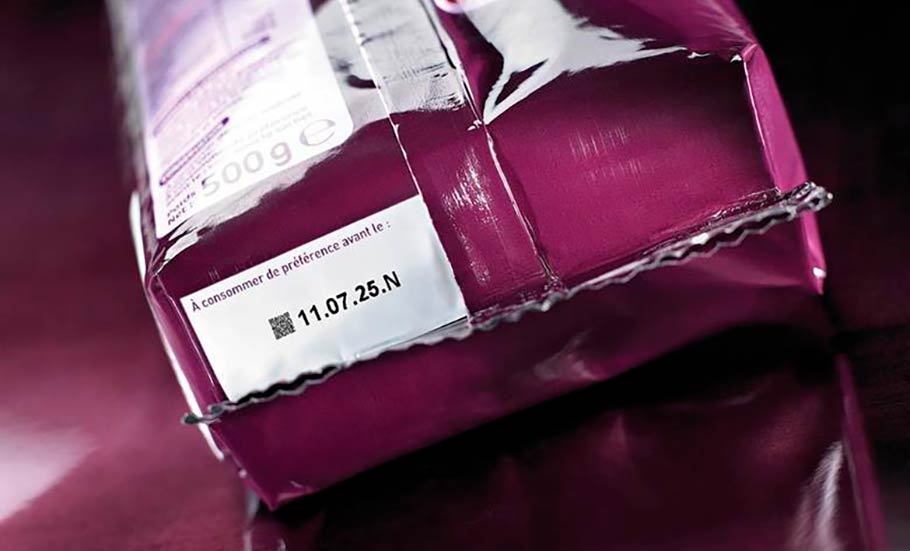
The familiar UPC or EAN-13 barcodes will gradually say goodbye to us. They are being replaced by a new format - Digital Link GS-1. Let us now tell you what it is or why this replacement occurs at all.
But first, let us recall that the modern barcode system appeared back in the 80s of the last century and it served primarily to automate the accounting of products in warehouses and stores and for sales. The standard EAN-13 barcode includes the country of manufacture code, the product brand owner number, the product position number and the control code digit. Other information necessary for sellers and buyers, such as product composition or expiration date, is printed in text on the packaging.
However, legislation has changed a lot since the introduction of barcodes. And now the packaging should contain much more information than it can often contain. And just around the corner is the adoption of digital passports for all products sold in the EU (we wrote about this here). They contain even more information points that the consumer can one way or another obtain by studying the packaging.
We assume that all this was the reason for the development of a new barcode format, which is, in fact, an improved QR code. However, it already has much more possibilities for storing information. This includes additional data about the product and production, data on further packaging disposal, and URLs, which can be scanned with a mobile phone to go to a web page containing additional information about the product.
Using the new Digital Link GS-1 format with increased information content will allow companies not only to improve inventory management and traceability of leaks, but also to take the digital interaction of the buyer with the product to a new level, making it possible to directly collect reviews and sales statistics.
Materials used from packagingeurope.com.

